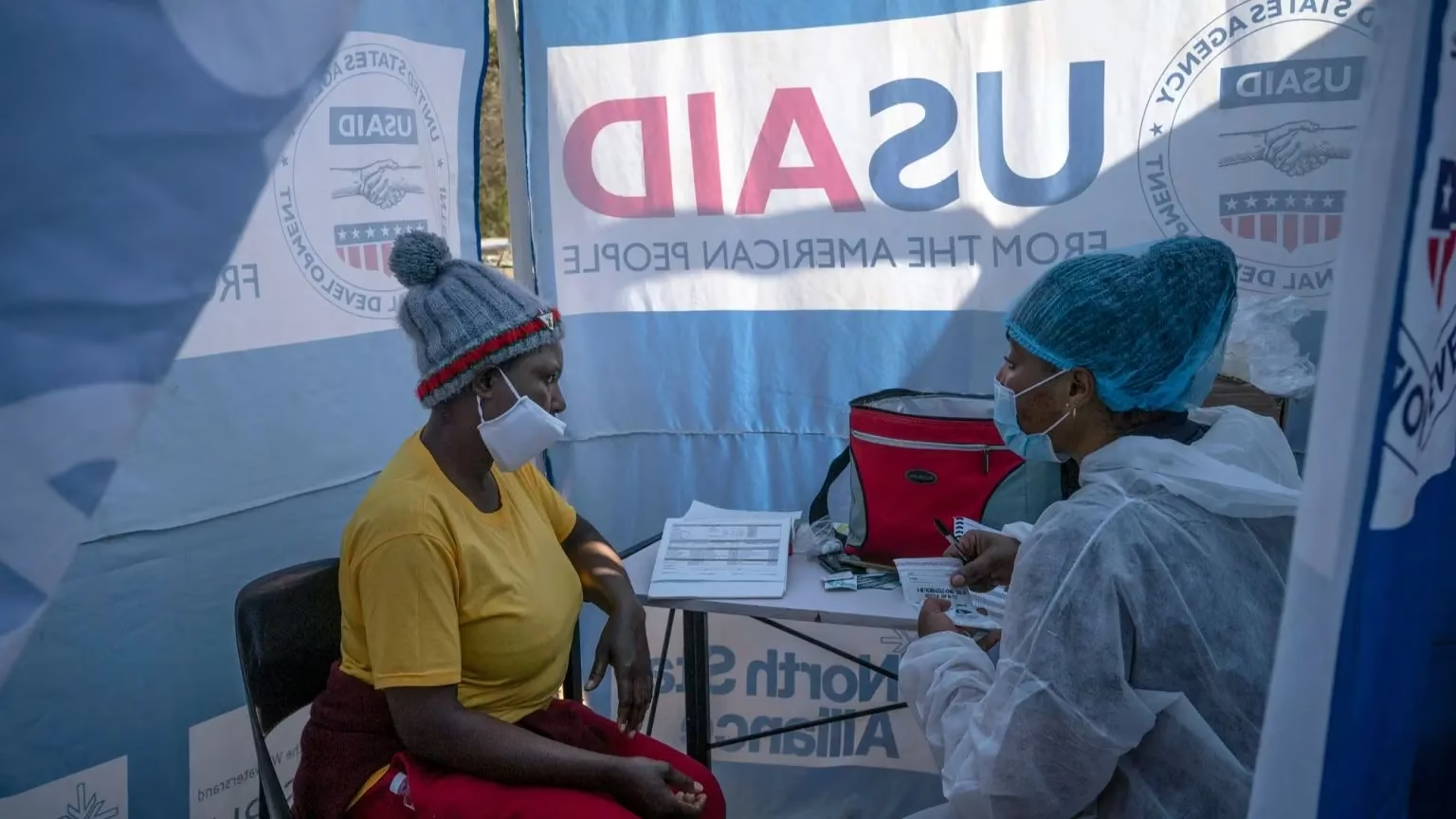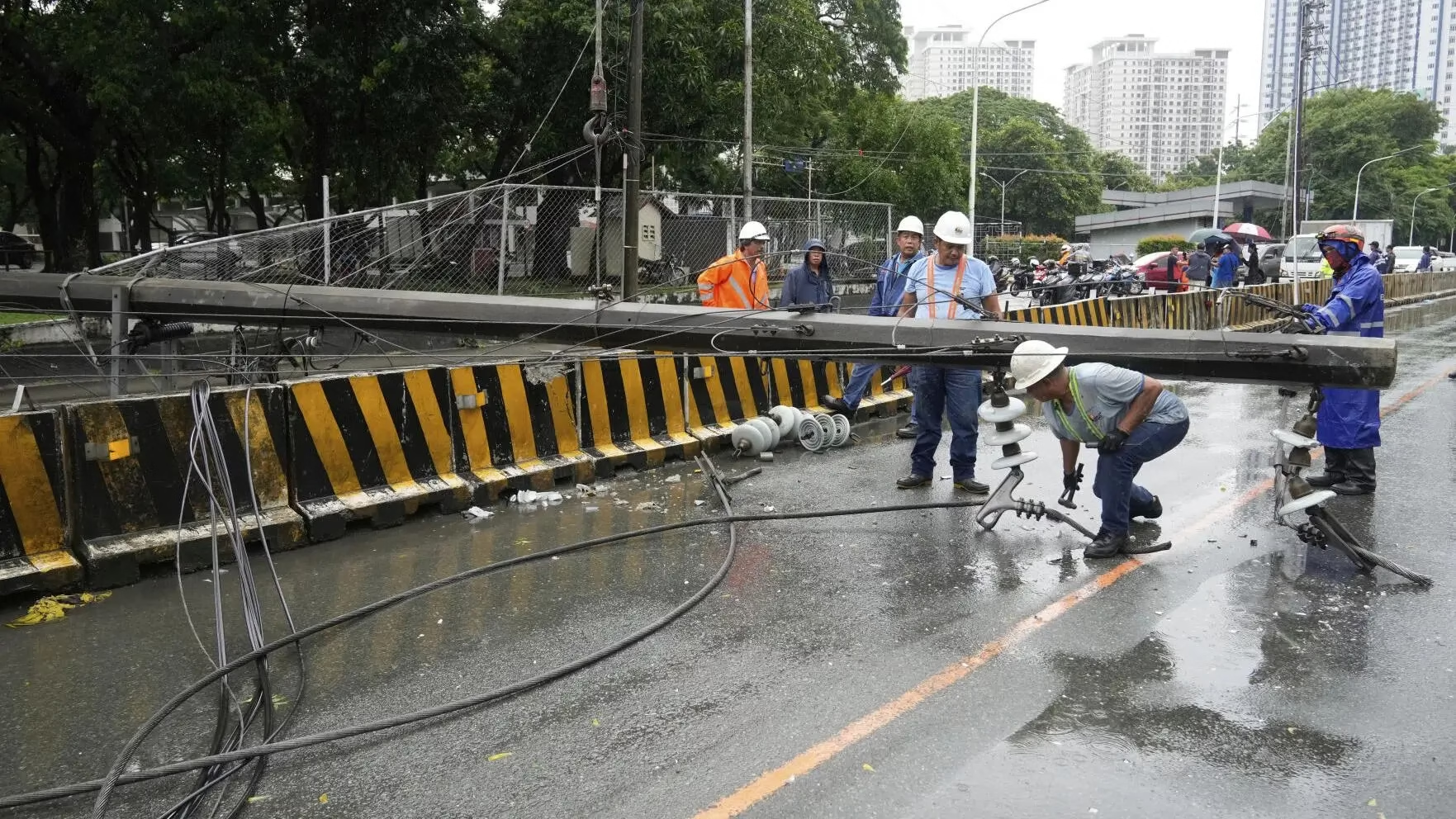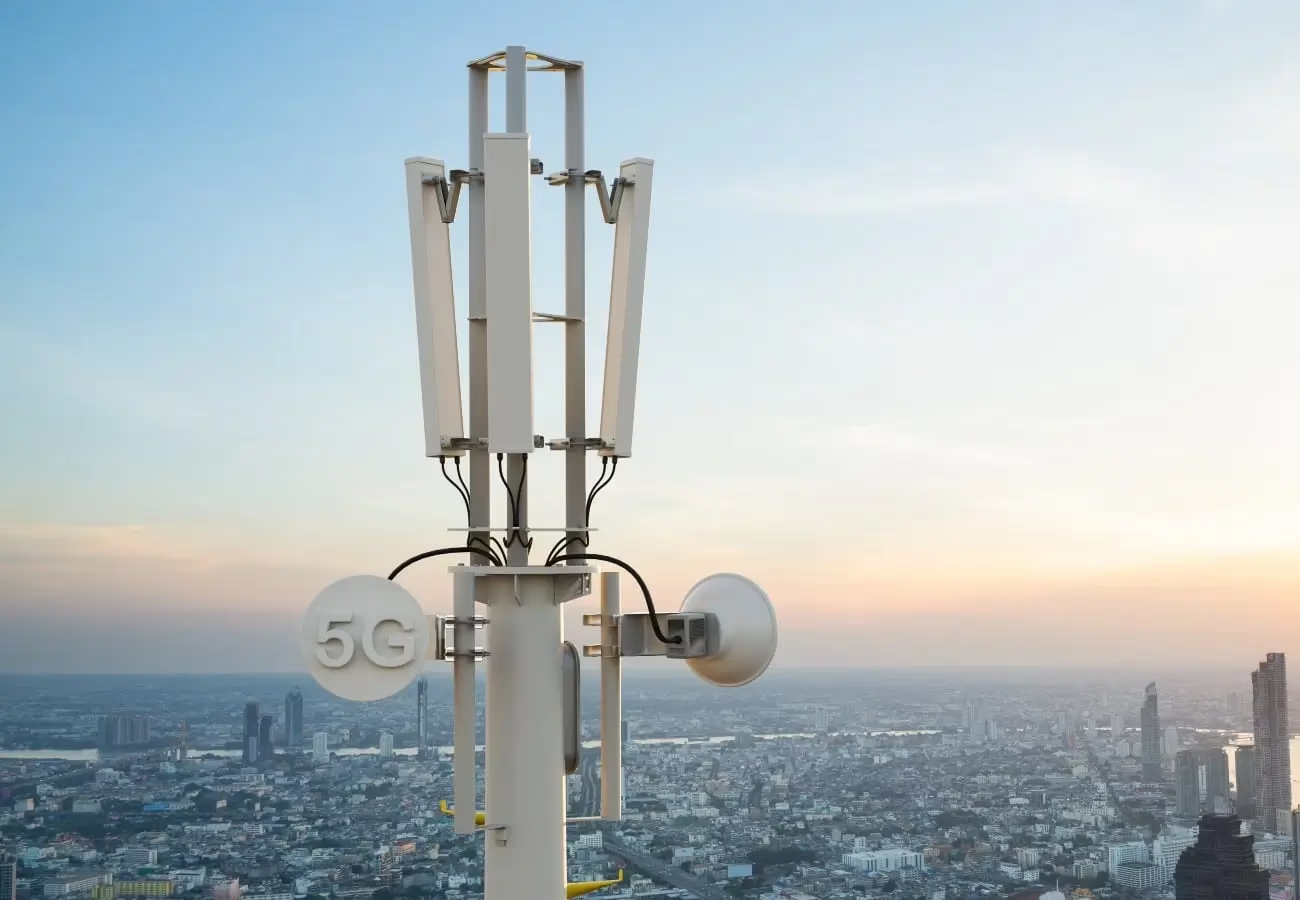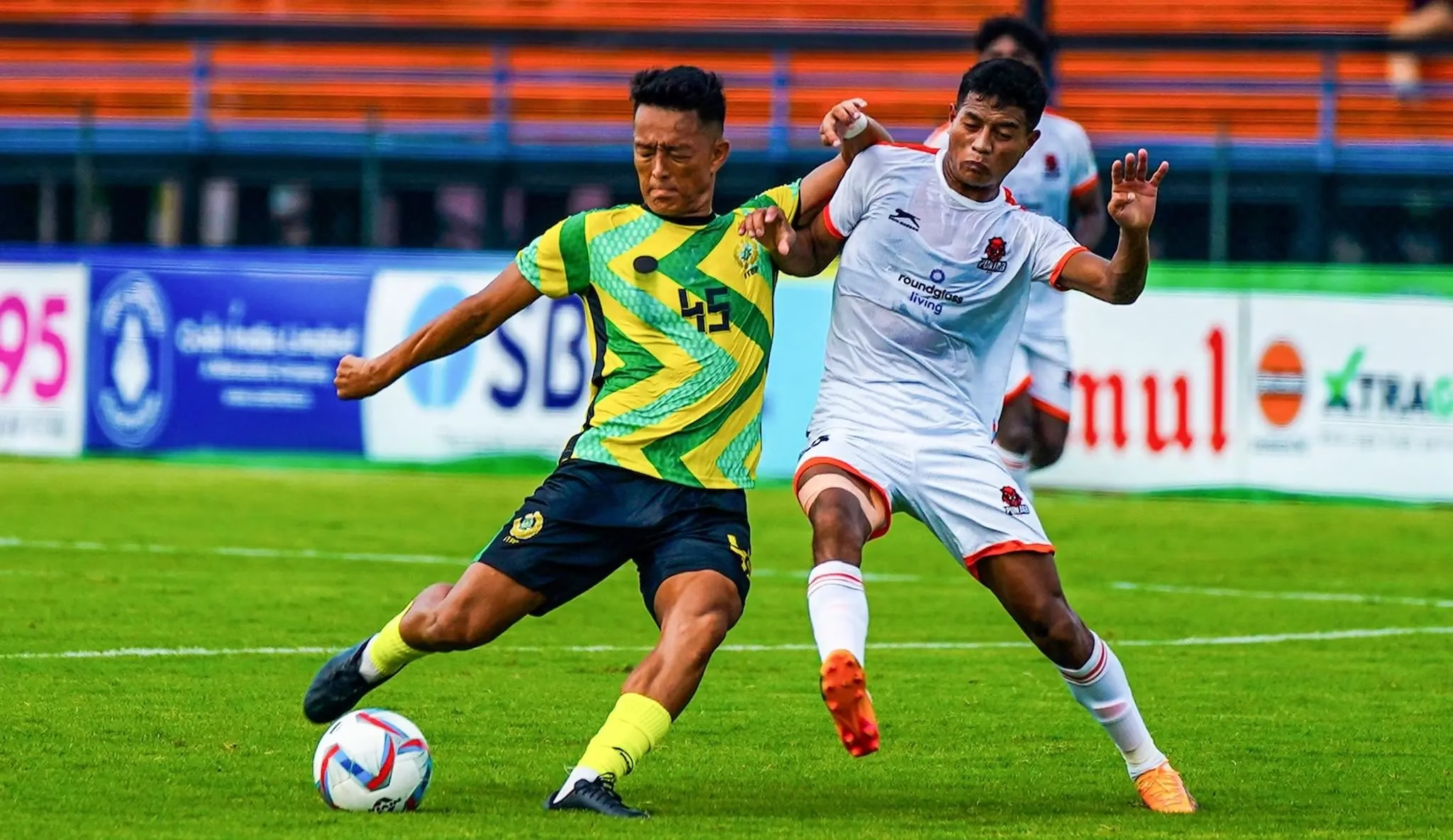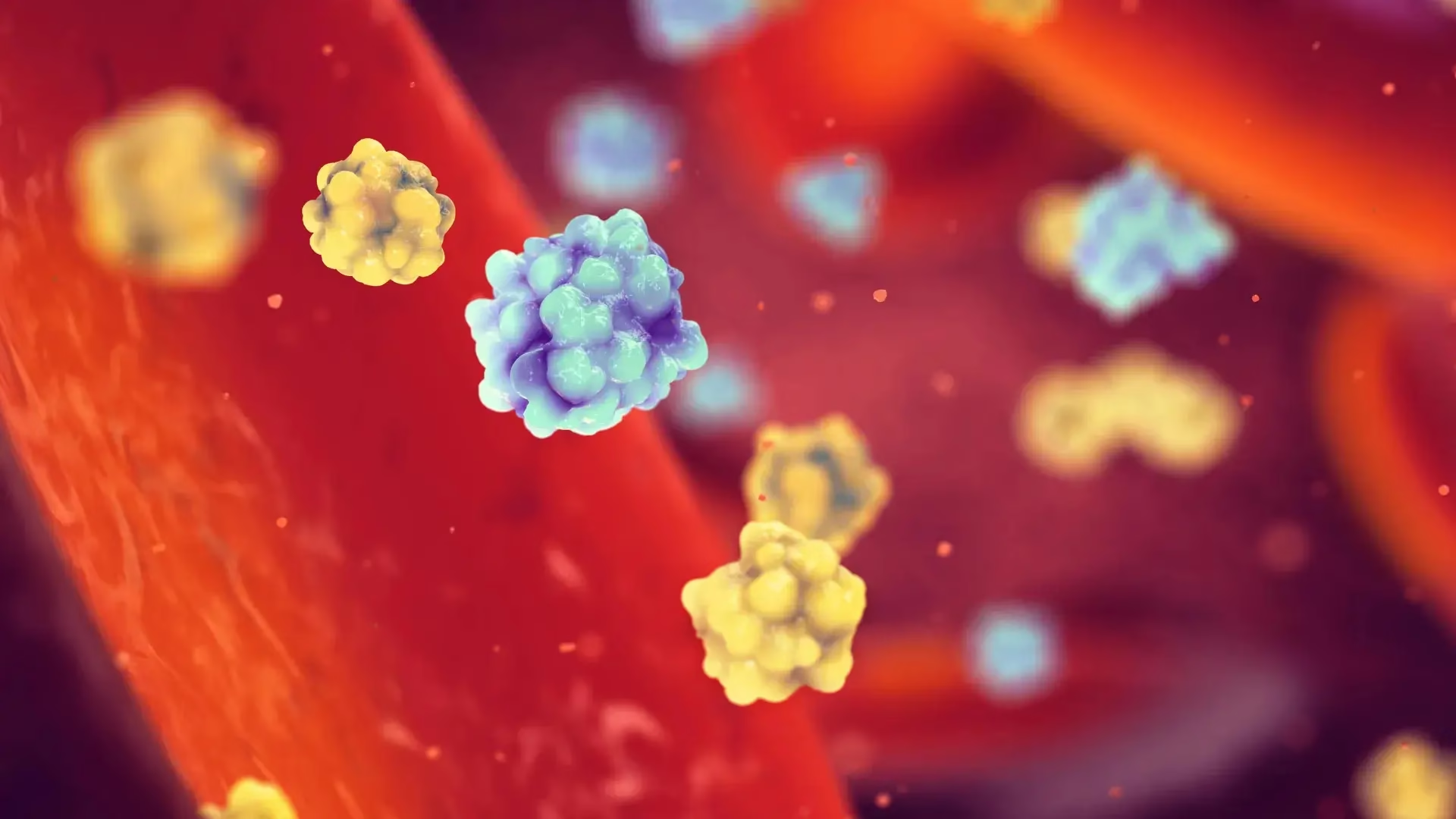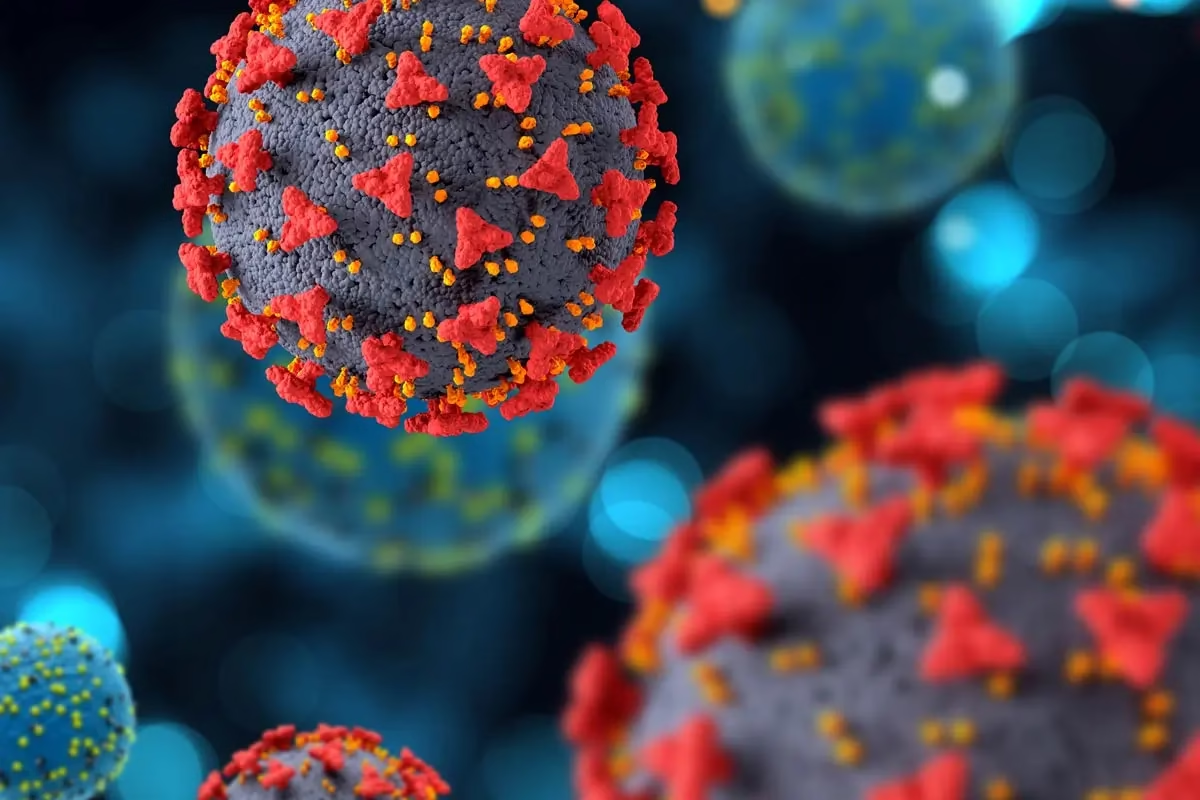
Since its identification in January 2025, the COVID-19 variant NB.1.8.1, also known as “Nimbus,” has rapidly spread globally, particularly across Asia, parts of the United States, and Europe, but current vaccines remain effective in protecting against severe illness caused by this variant. As of late April 2025, NB.1.8.1 accounted for over 10% of sequenced COVID-19 infections worldwide, rising swiftly from 2.5% one month earlier, and has been detected in at least 22 countries, including India, Singapore, Thailand, and the United States.
NB.1.8.1 is a descendent lineage of the Omicron variant, derived from the recombinant XDV.1.5.1 variant. It has mutations in its spike protein that appear to increase transmissibility, giving it a competitive growth advantage compared to other circulating strains. Dr. Magdalena Sobieszczyk, chief of the Division of Infectious Diseases at NewYork-Presbyterian/Columbia University, explains that these genetic changes help the virus bind more effectively to human cells, contributing to its faster spread. She notes, “What sets NB.1.8.1 apart is how quickly it spreads,” emphasizing the importance of ongoing vigilance despite the summer season and increased outdoor activity, which may moderate case surges.
Despite its rapid spread, health authorities including the World Health Organization (WHO) classify NB.1.8.1 as a Variant Under Monitoring (VUM) but assess its public health risk as low. Current evidence does not indicate the variant causes more severe disease or different symptoms compared to other Omicron subvariants. Symptoms generally remain consistent with previous strains, featuring fever, cough, sore throat, and sometimes a painful “razor blade” throat sensation reported anecdotally. Hospitalization increases in some regions, notably in parts of the Western Pacific including Singapore and Thailand, appear linked to case surges but are not attributed to increased virulence of the variant itself.
According to WHO reports, existing COVID-19 vaccines, including mRNA platforms, remain effective against NB.1.8.1, reducing the risk of symptomatic and severe COVID-19. Neutralizing antibody responses to NB.1.8.1 are similar or only modestly lower compared to other Omicron lineages such as LP.8.1. Consequently, global health experts stress the importance of maintaining high vaccination coverage and booster uptake, especially among high-risk groups and in areas experiencing variant-driven case rises.
The global distribution data indicates that NB.1.8.1 has increased prevalence notably in the Western Pacific region, the Americas, and Europe, coinciding with the decline of some other variants. It has been documented to cause resurgences in countries like India, Singapore, and Thailand, and is gaining foothold in the United States, where it accounted for an estimated 37% of COVID-19 cases in early June 2025. Surveillance continues to track its evolution alongside other emerging variants.
In summary, NB.1.8.1 represents the latest phase in the ongoing evolution of SARS-CoV-2: a highly transmissible variant spreading across continents but with no evidence of increased severity or vaccine escape at present. Experts advise continued public health vigilance, including vaccination, mask-wearing where appropriate, and testing during outbreaks, to mitigate transmission. Monitoring will continue to assess if NB.1.8.1 or other variants pose new challenges, with global cooperation essential to adapt responses effectively.

